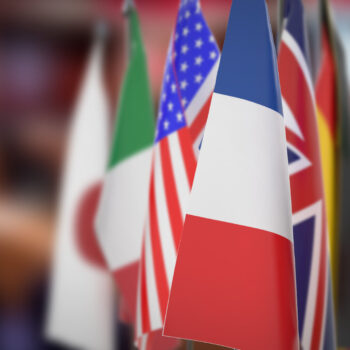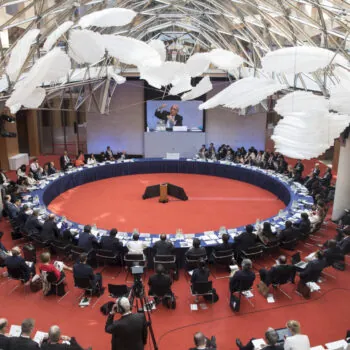The climate circus is back in New York City with renewed purpose and a whole new mandate. On April the 22nd the world will once again show its overwhelming support for the Paris Agreement.
What is the Paris Signing Ceremony?
The UN Secretary General Ban Ki-moon has invited all countries to a signing ceremony on 22nd April in New York. This event marks the start of a new chapter of international climate action where the world begins turning aspiration into implementation.
Signing the Agreement is a formal procedure. In tandem each country will kick-start their domestic policy process to ratify the Agreement. These processes look different in each country, dependent on their specific legal and governance procedures. In India and Japan this requires parliamentary approval whereas in Australia it only has to be tabled in Parliament. Then, once enough countries (55 countries representing at least 55% of global emissions) have ratified, the Paris Agreement will enter into force.
Ban Ki-moon will use this moment to host a number of other events. Echoing last year’s rhetoric he will host a dialogue that brings the implementation of the sustainable development goals and the Paris Agreement together. There will also be other events which focus on multi-stakeholder action to leverage early and rapid investment in climate action.
What to watch out for?
There won’t be a formal outcome document but you can look out for over 150 countries signing up. Fun fact: this is the largest ever sign-on to any international agreement.
The most vulnerable climate countries are billed to once again take centre stage. In Paris their actions and formidable international leadership was able to tip the balance toward ambition. In New York this week they will be turning out in force and are pushing forward with swift ratification of the entire group of 43 countries.
What’s more the recent US-China announcement that they both plan to sign and ratify this year has upped the ante. The fact that the two biggest emitters are signing up is not something to be sniffed at – look out for bucket loads of evidence that that world is taking climate action very seriously.
When will the agreement actually ‘enter into force’?
The exact timing is still to play for but best bets expect it sooner rather than later. Christina Figueres herself is betting on 2018 and others say it could be as early as this year. As environment ministers commented at last week’s World Bank/IMF meetings, this accelerated pace has the markings of serious commitment to tackling global change.
At least 10 countries are expected to submit their instruments of ratification at the signing ceremony. This means these countries will have legally joined the agreement, taking us a step closer to the threshold of 55 countries covering 55% of emissions. And later this year they will be joined by the US and China as well as likely many others, including the full suite of climate vulnerable forum countries. The EU is one significant grouping that will take a little longer to ratify but at least the process has begun in earnest. And if that leaves you hungry for more, then check-out WRI’s helpful tool which allows you to track ratification progress.
Either way the Paris effect is hard to deny. Since Paris we’ve seen climate action like never before. The head of China's state grid came out saying clean energy is better suited to providing China's power sector than dirty. The IEA slashed its five-year estimate of global coal demand growth by over 500 million tonnes of coal. And Peabody the world’s largest private coal miner, filed for bankruptcy.
There’s no turning back, my bets on decarbonisation.


